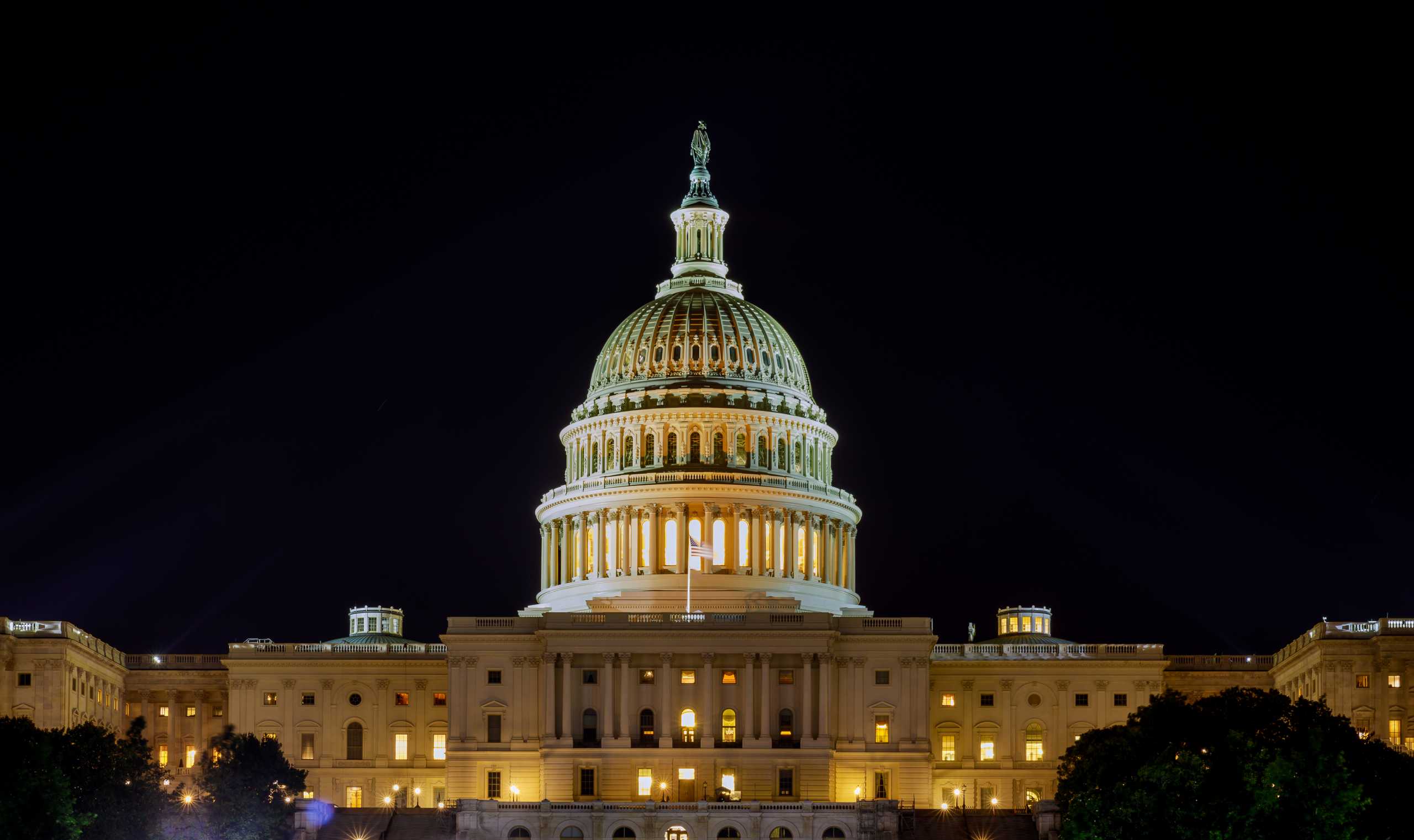Of late a large number of regional centers have entered into the EB-5 market, offering a variety of investment choices to investors. This has resulted in investors becoming more and more confused regarding the most appropriate investment option most suitable to their needs and long term goals.
I regularly meet clients who have a very sound financial background, yet are completely lost when choosing the right EB-5 investment.
Here are the three most common offerings in the EB-5 market at present:
- DEBT Model:
98% of the offering in the EB-5 market is using this model. This model involves three entities:
(i) The company who has been granted the ‘Regional Center(RC)’ approval
(ii) The developers who have incorporated a company or LLP -1 for the project, and
(iii) Another LLP-2 which is used as an investment vehicle for EB-5 purposes.
As an investor, you will be making investment in LLP-2 which will loan fund to LLP-1. In return, LLP-1 will give credit for all jobs created in the project to LLP-2so as to meet the mandatory ‘Creation of 10 jobs’ requirement of the EB-5 program.
Investment is generally made for a period of 5 years and at the end of 5 years, the capital is returned to the investor by taking a second mortgage.
LLP-1 also offers interest to EB-5 investors which can be in the range of 1%-4% per annum. Ideally, if all these three entities are managed by one single developer company, then this particular EB-5 project can be considered a good selection.
However, in reality, we see that RC approval is obtained by one entity, which then seeks out a developer to develop the project and an entirely different third company is involved in marketing the project. If you do adequate research you will find that there are very few developers who are directly involved in the marketing of their project.
In these type of projects, the local banks havethe first claim, promoters have second claim and EB-5 investors have the last claim to receive any money in the event of project failure.
- EQUITY Model:
Very few companies are currently offering the equity option for EB-5 investment. In this model, only one company or LLP is created by developers of the project and EB-5 investors are required to make an investment in this particular LLP only. EB-5 investors give the managing rights to the developers. In this model, the investors are not given any fixed returns but are offered a percentage of the profits as and when the project becomes profitable, while the developers take only a small portion of the profit.
In this model, the risks are higher but returns can be as high as 10%-12% per annum. Some of the hotel projects for which our law firm has raised EB-5 investment capital were based on this model and have consistently given good returns.
In many EB-5 projects, there are no loans from local banks or lenders except bridge loans. Because of this, the properties are mortgage-free right from day one and chances of failureare very low,while those of good returnsare very high.
In case the project fails, the capital can be distributed amongst all the EB-5 investors as compensation since there is only one class of investors.
- FUND Model:
Quite a few RCs are offering this model now. In first two options, there is one project and one company or LLP. In the Fund model, a fund of a certain predetermined amount is created to loan money to several projects and hence the risk is distributed equally among several projects. An annual fixed return is given to investors which can be in the range of 1%-3%.
Simply put, the first model can be compared to a debenture, the second one to a share investment and the third one to a mutual fund investment. Each model has its own pros and cons. However,the bottom line is that a viable EB-5 project must have good developers who have a successful track record in non-EBB and EB-5 project development.
This article outlines very general information regarding EB-5 investment options for the sole purpose of easy understanding for investors at large. Each investor must seek appropriate legal advice and consult their financial advisers before making any kind of the investment.








